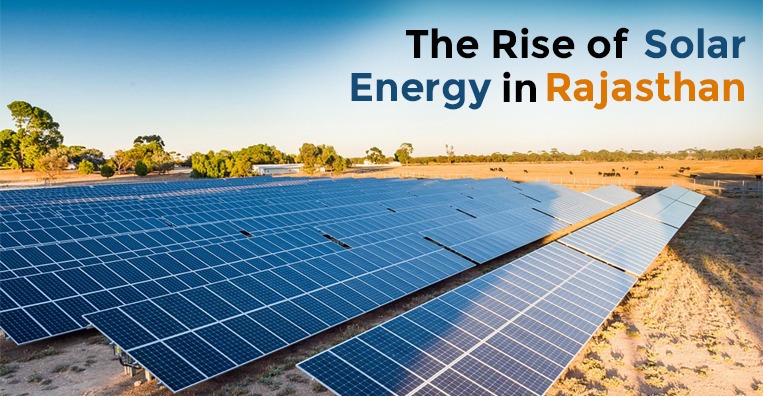
Rajasthan, known for its abundant sunlight and vast open spaces, has emerged as a frontrunner in the adoption of solar energy in India. With its commitment to renewable energy, the state has witnessed a remarkable trajectory of solar power installations, paving the way for a greener and sustainable future. In this blog, we explore the growth of solar energy in Rajasthan and shed light on how IB Solar, a trusted supplier of solar panels, has been contributing to this clean energy revolution.
Rajasthan a Beacon of Solar Power
The Rajasthan government has made significant strides in promoting renewable energy, setting ambitious targets to achieve a net-zero carbon emissions future. With the Indian government’s vision to achieve 450 GW of renewable energy capacity by 2030, the state aims to be a leader in the clean energy transition. Solar energy plays a pivotal role in this plan, with a focus on increasing grid-connected solar power projects and rooftop solar installations.
Government’s Vision and Work
The Rajasthan government has set forth a bold vision of achieving 450 GW of renewable energy capacity by 2030, paving the way for a future with net-zero carbon emissions. Recognizing the pivotal role of solar energy in this transition, the state has implemented a range of initiatives to promote its adoption. These efforts not only contribute to environmental sustainability but also enhance energy security and drive economic growth.
Major Solar Projects Open for Bids in Rajasthan
At the heart of Rajasthan’s solar energy growth is the Pradhan Mantri Kisan Urja Suraksha evam Utthaan Mahabhiyan (PM KUSUM) program. This comprehensive initiative encompasses multiple components aimed at transforming the agricultural landscape with solar power. In particular, the ‘C’ Component of the PM KUSUM program has sparked significant interest. Recently, the Ajmer Vidyut Nagar Nigam (AVVL) launched a tender for an impressive 82.94 MW grid-connected solar power project under the ‘C’ Component. The project aims to solarize agricultural feeders, providing sustainable energy solutions to farmers and reducing their reliance on conventional power sources. It represents a remarkable step towards creating an eco-friendly ecosystem that enhances rural livelihoods. The tender is open to RESCO (Renewable Energy Service Companies). The last day to submit the bid is 27 June 2023.
The successful bidders must fulfil the following conditions to participate
- They must be ALMM (Approved List of Models and Manufacturers) Approved.
- The bidders must submit a certain amount of performance bank guarantee (PBG)
- The bidders must have an annual turnover of 30% of the total cost of quoted capacity.
- The projects must be commissioned within the 9 months of signing the agreement
- Must ensure a minimum capacity utilisation factor of 19%
IB Solar: Empowering Rajasthan’s Solar Revolution
As a trusted supplier of solar panels, IB Solar has been a key player in Rajasthan’s solar energy growth. The company’s unwavering commitment to quality and innovation has made it a preferred choice for solar installations across the state and various Indian states including Punjab, Haryana, Jharkhand, Orissa etc. By providing reliable and efficient solar panels, IB Solar has actively contributed to the expansion of solar power capacity and the realization of the state’s renewable energy goals. It is one of the regular suppliers of ALMM approved solar panels in Rajasthan. With continuous strides and wide reach, IB Solar is bound to become one of the top solar panels manufacturers in India by 2024.
Conclusion
The growth of solar energy in Rajasthan stands as a testament to the state’s dedication to a sustainable future. With its abundant solar resources and visionary government initiatives, Rajasthan has emerged as a frontrunner in the adoption of clean energy solutions. The AVVL tender for grid-connected solar projects under the PM KUSUM program represents a significant milestone in achieving the state’s renewable energy targets. As the bid submission deadline approaches, IB Solar’s status as an ALMM-approved manufacturer places the company in a favorable position to contribute to Rajasthan’s clean energy revolution. Together, through collaborative efforts and industry leadership, Rajasthan is illuminating the path towards a greener, more sustainable future powered by the sun.



















Recent Comments